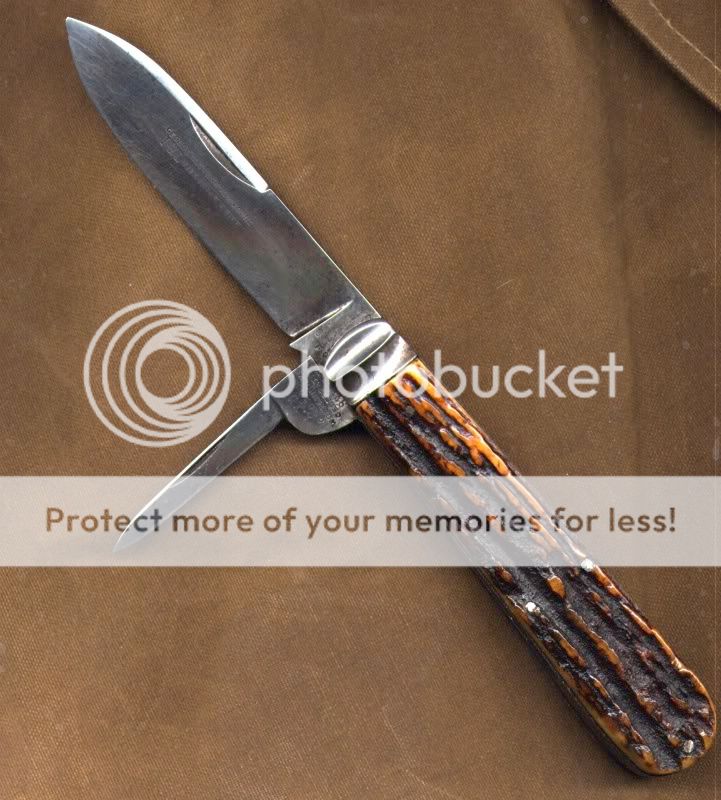black mamba
Gold Member
- Joined
- Oct 21, 2009
- Messages
- 23,441
Maybe to have room for the stamp. The little blade is too thin otherwise.
The BladeForums.com 2024 Traditional Knife is ready to order! See this thread for details:
https://www.bladeforums.com/threads/bladeforums-2024-traditional-knife.2003187/
Price is $300 $250 ea (shipped within CONUS). If you live outside the US, I will contact you after your order for extra shipping charges.
Order here: https://www.bladeforums.com/help/2024-traditional/ - Order as many as you like, we have plenty.





Love the "coined" or "milled liners on the gent's knife! Does any one know what process was used by the Sheffield cutlers achieve this?






Mike that is spectacular!
Great knife Mike, do you think the pen blade is full?
Thanks everyone.
The guy who sold it to me said pretty much the same thing as Dwight in regards to the pen blade, which was the pen blades were smaller on earlier jacks. The pen blade looks like it hasn't been used very much with a few scratches on one side.
